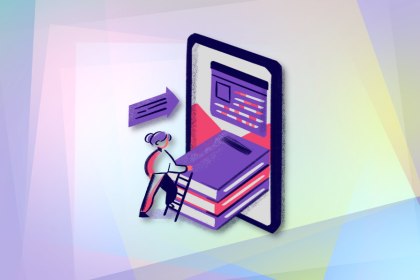
Learn how to diagnose issues, rebuild trust, and re-energize an underperforming product team to drive better outcomes and stronger results.

If your feed is full of motion design reels, that’s fine. But the skills that get you noticed in the long run aren’t flashy. They’re practical, repeatable, and crucial for building products that actually work.

Clean, fast interfaces are great for usability. But when it comes to emotion, trust, and memorability, slower UX has its own magic. Discover how to pace your design to tell a story that users connect with, not just use.

It’s 2025, and CSS finally thinks logically. The if() function brings real conditional styling — no hacks, no JS workarounds. Here’s how to use it right.

Story beats strategy in early-stage products. Learn why a clear narrative drives alignment, investors, and early adopters before OKRs matter.

Learn when to use TypeScript, Zod, or both for data validation. Avoid redundant checks and build safer, type-sound applications.

Discover how WebAssembly 3.0’s garbage collector, exception handling, and Memory64 transform Wasm into a true mainstream web platform.

AI agents often break shadcn/ui components with outdated docs or made-up props. The MCP server fixes this by giving live access to registries. In this tutorial, we’ll set it up and build a Kanban board to show it in action.

I thought trimming fields and adding tooltips would solve our order form problems. They didn’t. What finally worked was starting over with nine UX changes that made the process clear, simple, and frustration-free.

Learn how to structure Rust web services with clean architecture, Cargo workspaces, and modular crates for scalable, maintainable backends.

Discover how ECRS helps product managers eliminate waste, simplify workflows, and drive efficiency across fast-growing teams.

This tutorial shows how to use TanStack DB to build a task manager with live queries, optimistic updates, and offline support, delivering a fast, resilient UX with less boilerplate than traditional React state management.